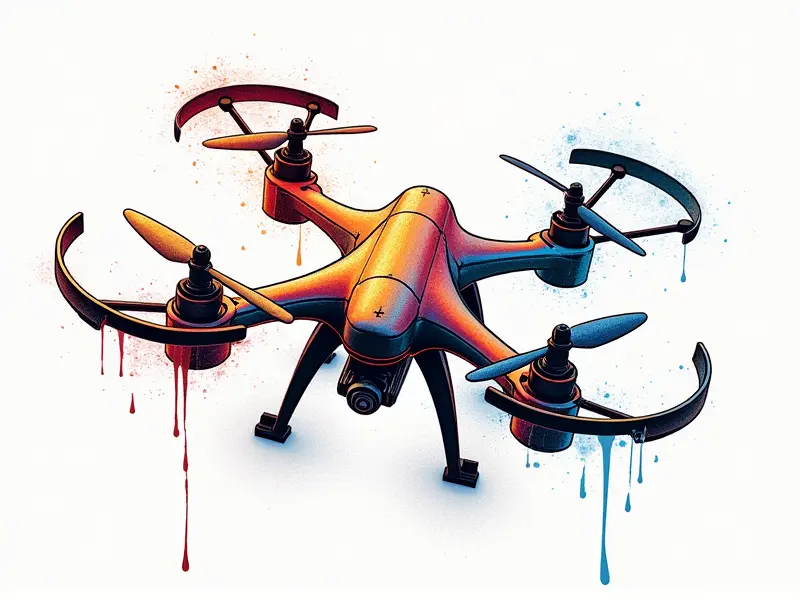Hubsan drone stabilization?

Mastering Hubsan Drone Flight Stability
Optimize Hubsan Drone Performance and Stability
To optimize performance and stability in your Hubsan drone, it's crucial to understand several key factors:
- Battery Quality: Ensure you use high-quality batteries that provide consistent power.
- Propeller Balance: Balanced propellers are essential for smooth flight. Check and balance them regularly.
- Firmware Updates: Keep your drone's firmware up to date with the latest improvements and bug fixes.
Achieving Top Notch Stability in Hubsan Drones
To achieve top-notch stability, consider these advanced techniques:
- Gyro Calibration: Properly calibrate your drone's gyroscope to ensure accurate flight data.
- PID Tuning: Adjust the Proportional-Integral-Derivative (PID) settings for optimal control and stability.
Secrets to Smooth Flying with Hubsan Drones
Smooth flying is not just about hardware; it's also about technique. Here are some secrets:
- Flight Environment: Choose a flat, open area free from obstacles and wind.
- Control Precision: Practice precise control inputs to avoid over-correcting during flight.
Enhance Your Hubsan Drone's Stability Today
Improving stability is a continuous process. Here’s how you can start enhancing your drone today:
- Maintain Regular Checks: Inspect your drone regularly for any signs of wear or damage.
- Leverage Accessories: Use accessories like landing gear and prop guards to protect components during flight.
Stabilizing Techniques for Hubsan Quadcopters
Effective stabilizing techniques are crucial. Here’s what you need to know:
- Dynamic Adjustment: Adjust your drone's settings dynamically based on flight conditions.
- Wind Management: Learn how to manage wind effects through proper orientation and speed control.
Tips for Perfecting Hubsan Drone Control
Perfecting control is key to stable flights. Here are some tips:
- Practice Flight Patterns: Regularly practice common flight patterns like circles and figure eights.
- Use Training Modes: Take advantage of training modes that limit speed or altitude for safer learning experiences.
Ultimate Guide: Hubsan Drone Flight Balance
Maintaining balance is crucial for stability. Follow these steps to achieve perfect flight balance:
- Weigh Components: Ensure all components are evenly distributed and balanced.
- Adjust Center of Gravity (CG): Fine-tune the CG by adjusting payload placement or adding weights as necessary.
Best Practices for Hubsan Drone Stabilization
Adopting best practices can significantly improve your drone's stability:
- Regular Maintenance: Perform routine maintenance checks to keep all parts in optimal condition.
- User Feedback: Listen to user feedback and incorporate improvements based on real-world experiences.
Troubleshooting Hubsan Drone Instability Issues
If you encounter instability issues, follow these troubleshooting steps:
- Check Propellers: Ensure all propellers are balanced and securely attached.
- Analyze Flight Data: Review flight data logs to identify patterns or anomalies that may indicate specific problems.
Boost Hubsan Drone Performance with Stability
Stability is the foundation of performance. By implementing these strategies, you can significantly enhance your Hubsan drone's stability and overall performance:
- Continuous Learning: Stay updated on new techniques and technologies that can improve flight stability.
- Community Engagement: Engage with the community to share insights, tips, and solutions for common issues.
Conclusion
Maintaining optimal stability in your Hubsan drone is essential for achieving smooth and controlled flights. By following these guidelines and best practices, you can enhance your drone's performance and enjoy a more enjoyable flying experience. Remember to regularly maintain your drone, stay updated with the latest firmware, and practice proper flight techniques.

